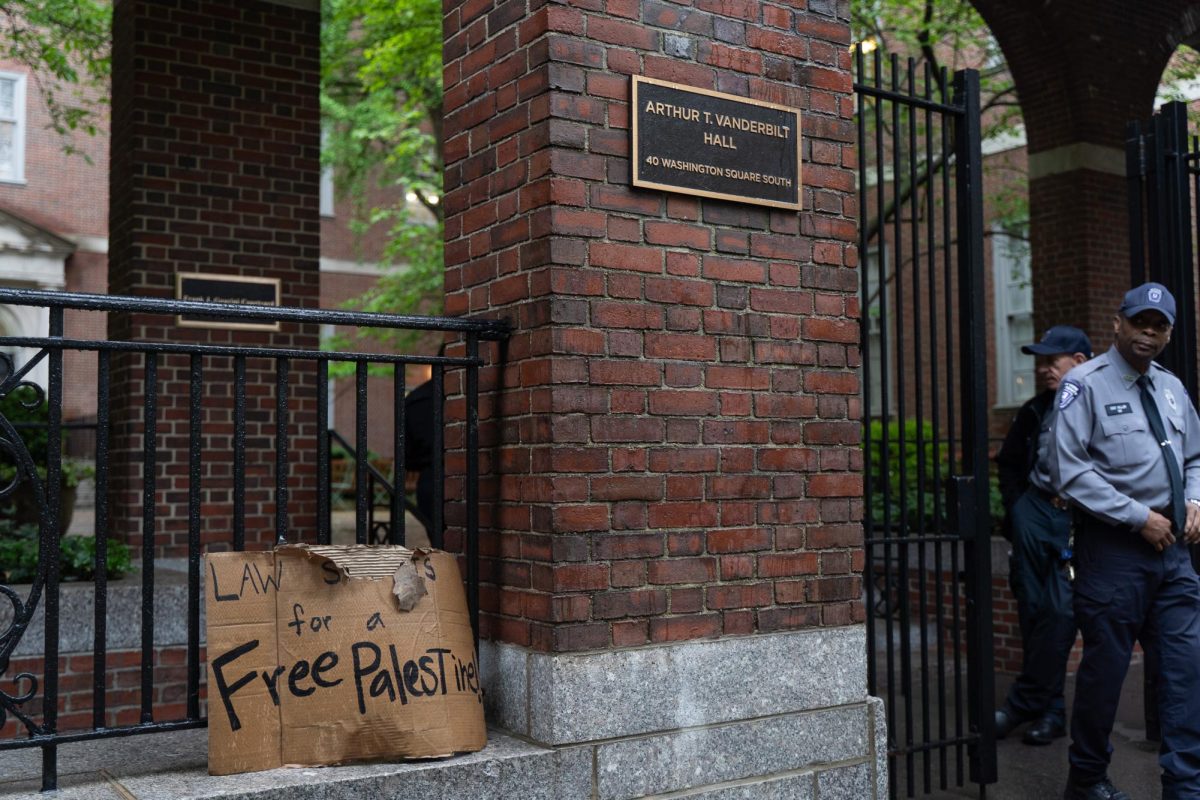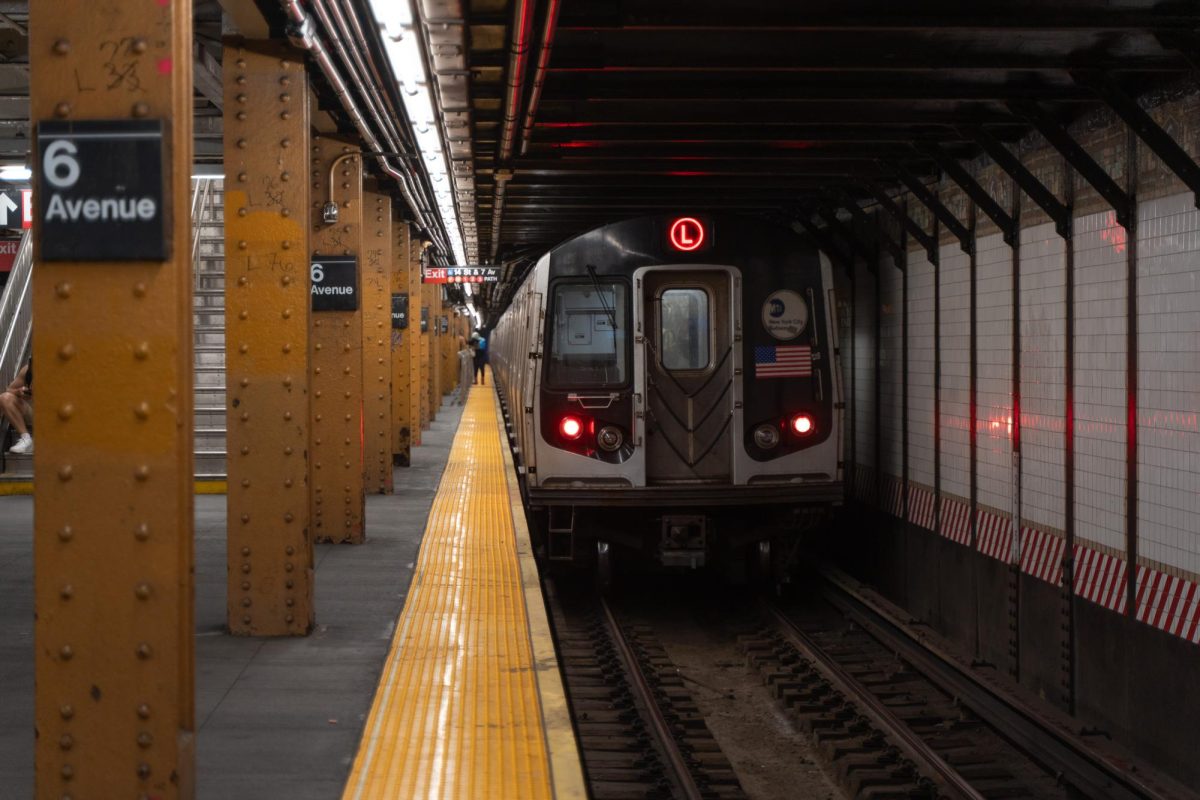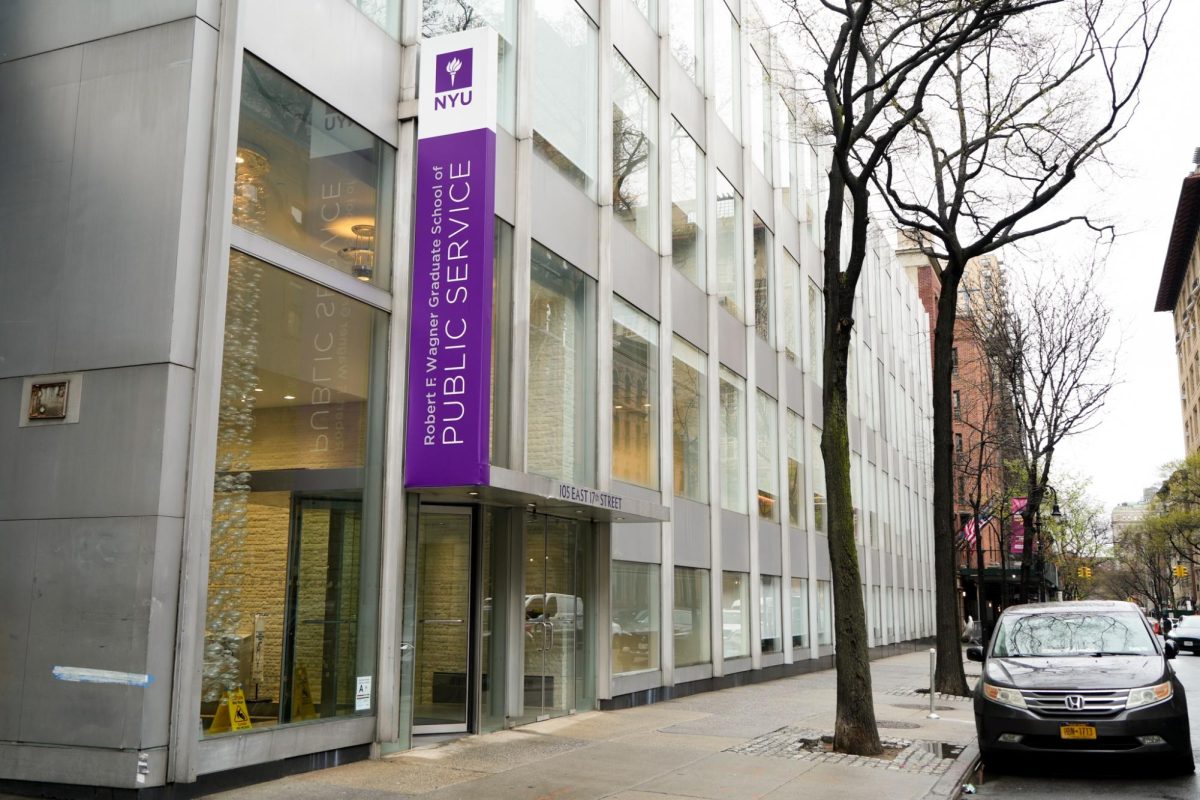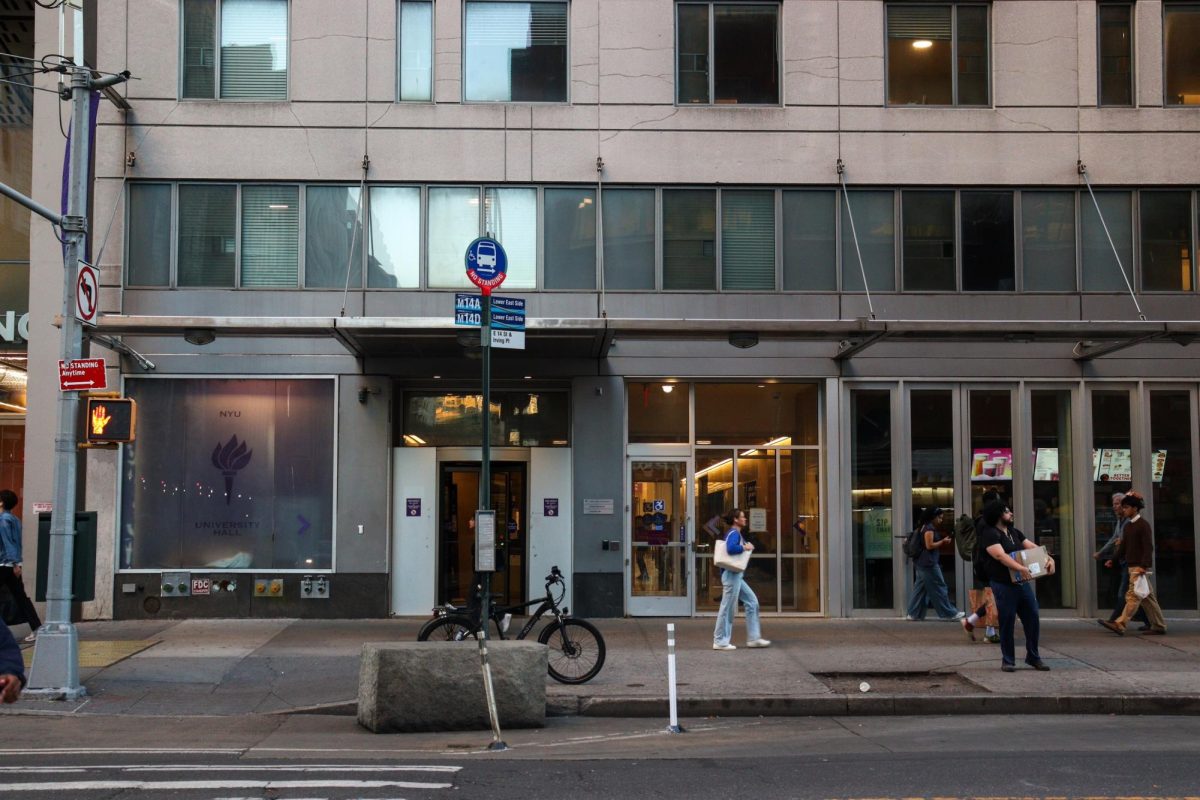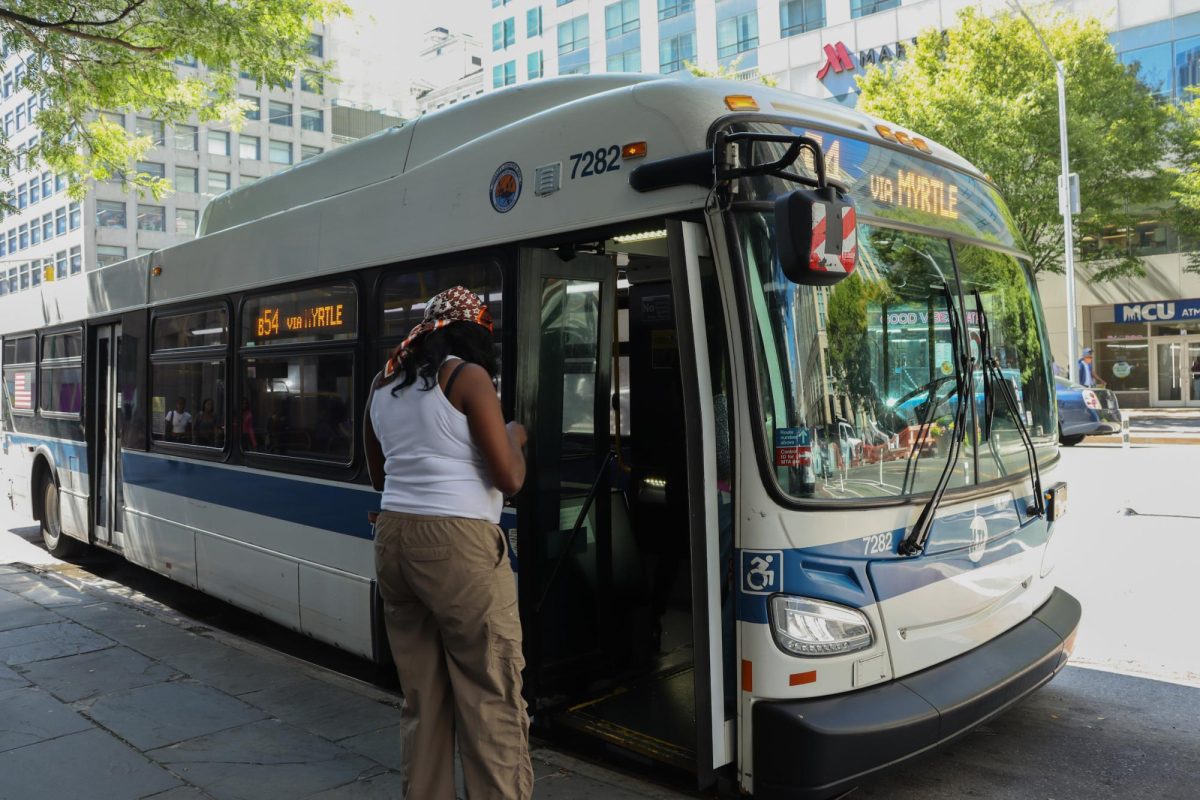New York could be environmental leader
September 24, 2014
Mayor Bill de Blasio addressed the United Nations on Sept. 23 to tackle the pressing issue of climate change. The mayor remarked that “the reckless way in which we live” is threatening humanity and alluded to Superstorm Sandy hitting New York City two years ago. In response to the growing issue of climate change, the mayor restated his plan to reduce New York City greenhouse gas emissions over the next 40 years. The mayor’s proposal comes as part of a larger movement within the United States. President Barack Obama made climate change a focal point of the summit when he noted that the United States has decreased its total emissions over the past decade. Just as the United States has been a leader in reducing its emissions, de Blasio’s plan offers New York City the opportunity to lead the nation in the fight against climate change.
Even if the United States could instantly cease all air pollution and other harmful activities, climate change would continue to be an issue. On a regional scale, pollution from hundreds of miles away has impacted visibility in wilderness areas such as the Grand Canyon and Yosemite. Internationally, contaminated air from China has appeared on North America’s West Coast from Alaska to Southern California. Given its considerable emissions, New York City has plenty of reasons to be an environmental leader even without the global nature of the problem.
In 2007, then-Mayor Michael Bloomberg released PlaNYC, an initiative to encourage progress on a variety of the city’s infrastructure problems, from adding pedestrian plazas to planning for the next superstorm. Sustainability continues to be one of PlaNYC’s focuses, with its GreeNYC division aiming to reduce carbon emissions by 30 percent. Since Bloomberg left office, de Blasio has emphasized PlaNYC’s focus on resiliency in the face of potential increases in flooding and other severe weather. According to PlaNYC’s 2014 progress report, it has already planted 800,000 trees and reduced carbon emissions by 19 percent.
De Blasio’s plan is part of a pledge to cut the city’s 2005 emission levels by 80 percent over the next four decades. This pledge, if fulfilled, would place New York City at the forefront of the climate change movement, leaving it the largest city to make such a commitment. However, such a lofty goal comes with a price. An estimated $1 billion is required to update city-owned buildings and additional funds would be required to change privately owned property. The funds will be part of the 10-year capital plan, to be released next year. Whether de Blasio will carry out his plan when facing future budgets remains to be seen. If he does, it will go a long way toward making New York City an environmental leader.
A version of this article appeared in the Wednesday, Sep. 24 print edition. Email the Editorial Board at [email protected].





